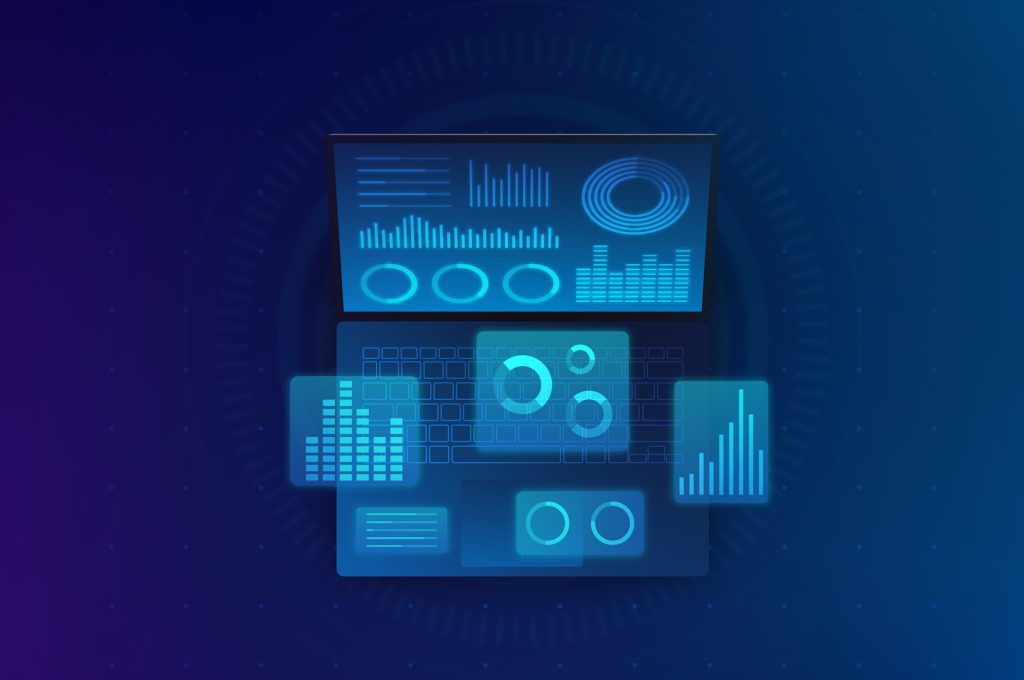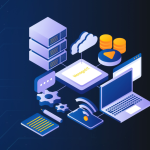Cracking the Code: 5 Common Healthcare Software Development Issues
- TronsIT Solutions
- 0 Comments
There’s no denying it, developing healthcare software in 2025 is a serious challenge. While digital health tools have advanced rapidly, many organizations are still shackled by outdated systems, compliance hurdles, and integration nightmares. A major roadblock? Legacy system modernization in healthcare.
Despite the buzz surrounding AI, wearable tech, and cloud-based platforms, hospitals and clinics worldwide are still relying on software systems that are 15–20 years old. These aging platforms are slow, insecure, and difficult to scale. With interoperability becoming a key driver of healthcare efficiency, clinging to legacy software is no longer sustainable.
Modernizing these systems isn’t just a tech upgrade; it’s a patient safety and data security imperative. In 2025, modernization efforts now focus on cloud migration, API-based architectures, and implementing FHIR standards to boost data sharing across platforms.
Let’s dive into the top five challenges developers are wrestling with today—and how to solve them before they spiral out of control.
1. Legacy Systems That Just Won’t Let Go
We’re starting where the pain runs deep: those clunky, outdated systems. Legacy system modernization remains the top obstacle facing software teams in 2025.
Many hospitals still use legacy Electronic Health Records (EHRs) that can’t communicate with modern tools, such as patient portals, mobile apps, or telehealth platforms. Furthermore, these systems often lack support for modern cybersecurity protocols, leaving patient data vulnerable.
Solutions include:
- Migrating to cloud-native systems like AWS HealthLake or Azure for Healthcare
- Introducing interoperability layers using HL7 and FHIR standards
- Implementing data abstraction to protect and separate clinical data during migration
But modernizing isn’t just about replacing the old—it’s about doing it without disrupting care or losing critical patient data. That’s where staged migrations and hybrid cloud models come into play.
2. Compliance and Regulatory Headaches
With GDPR in Europe, HIPAA in the U.S., and the 2025 rollout of the AI Act in the EU, keeping up with regulations has become a full-time job for software teams. Non-compliance doesn’t just result in fines—it also risks patient safety and reputational damage.
The challenge? New technologies, such as AI diagnostics and remote monitoring tools, must meet evolving legal standards regarding data privacy, consent, and algorithmic transparency.
Tips for compliance in 2025:
Conduct ongoing privacy impact assessments (PIAs)
Design with “privacy by default” principles
Use audit trails and encryption to secure every layer of the tech stack

3. Building Truly Scalable Healthcare Applications
Okay, so your app works great for 100 users. But what about 10,000? 100,000? That’s the challenge with Scalable healthcare applications—ensuring performance and reliability as demand grows.
In 2025, healthcare platforms must scale rapidly to handle fluctuating patient volumes, particularly with the rise of virtual care and wearable device integration. Whether it’s managing real-time vitals or high volumes of imaging data, scalability is non-negotiable.
Here’s what leading devs are doing:
- Using microservices architecture to isolate functions and scale components independently
- Leveraging containerization tools like Docker and orchestration platforms like Kubernetes
- Adopting serverless functions for unpredictable workloads
AI also plays a huge role. AI-assisted triage, for example, requires a fast and scalable infrastructure that won’t crash during high patient influxes.
4. Integration Nightmares
It’s 2025, and we’re still hearing the same complaints: “Our new app doesn’t talk to our existing system.” Integration remains one of the most painful parts of healthcare software development.
EHR vendors, lab systems, and billing tools—all speak different languages. When integration fails, patient care suffers from poor care. Delays in test results, missing medication info, or broken billing flows can have serious consequences.
Ways to beat the integration blues:
- Use middleware and APIs to create a unified communication layer
- Implement healthcare-specific integration engines like Mirth Connect or Redox
- Focus on standards-based data exchange using HL7, FHIR, and DICOM
Remember, the end goal isn’t just connectivity—it’s seamless interoperability that supports the whole patient’s journey.
5. Navigating Medical Device Software Development
Finally, medical device software development has experienced significant growth in 2025. From wearable glucose monitors to AI-powered diagnostic tools, connected medical devices are revolutionizing care. But building software that complies with strict regulatory and performance standards? That’s not an easy feat.
Developers must follow FDA and MDR (EU) guidelines, conduct rigorous testing, and ensure cybersecurity at every endpoint. A single flaw could not only harm a patient but also trigger a massive recall of products.
2025 Best Practices:
- Apply IEC 62304 software lifecycle standards from day one
- Conduct extensive risk management using ISO 14971
- Include over-the-air (OTA) update capabilities with rollback options
- Use secure boot and encrypted firmware to protect against tampering
The future of medical care is connected—and the software inside those devices must be rock solid.
Why TronsIT Solutions Is the Partner You Need
Tackling all these challenges can feel overwhelming—but you don’t have to go it alone. TronsIT Solutions emerged in 2025 as a leader in healthcare software development, helping organizations modernize, scale, and innovate with confidence.
Whether you’re dealing with legacy system modernization in healthcare, striving to build scalable healthcare applications, or navigating the rugged terrain of medical device software development, TronsIT Solutions has the tools, talent, and tech to get it right the first time.
Their approach combines regulatory expertise, technical excellence, and in-depth healthcare domain knowledge, making them a trusted partner for hospitals, healthcare technology startups, and medical device manufacturers alike.
Final Takeaway
Healthcare software development in 2025 is full of opportunities—but also packed with pitfalls. From the challenges of modernizing legacy systems in healthcare to building robust, scalable healthcare applications and even navigating the complexities of medical device software development, success lies in strategy, execution, and having the right partner by your side.
And that’s where TronsIT Solutions stands out. With their forward-thinking approach and deep industry expertise, they help healthcare innovators crack the code—one solution at a time.
For more information, explore our website!
Related Posts
Insights from a Seasoned Amazon Cloud Solutions Architect: Valuable Lessons Learned
- TronsIT Solutions
- December 11, 2024
Amazon Web Services (AWS) is a well-known leader in the rapidly changing cloud computing market ..
The Importance of UX/UI Design in Software Development
- TronsIT Solutions
- October 25, 2024
The success of any software product in today’s fast-paced digital world is directly relat ..



